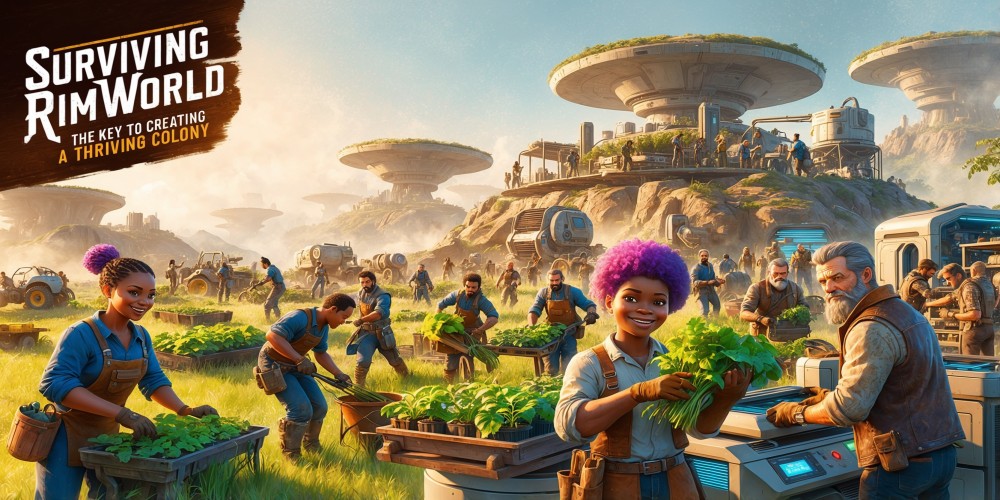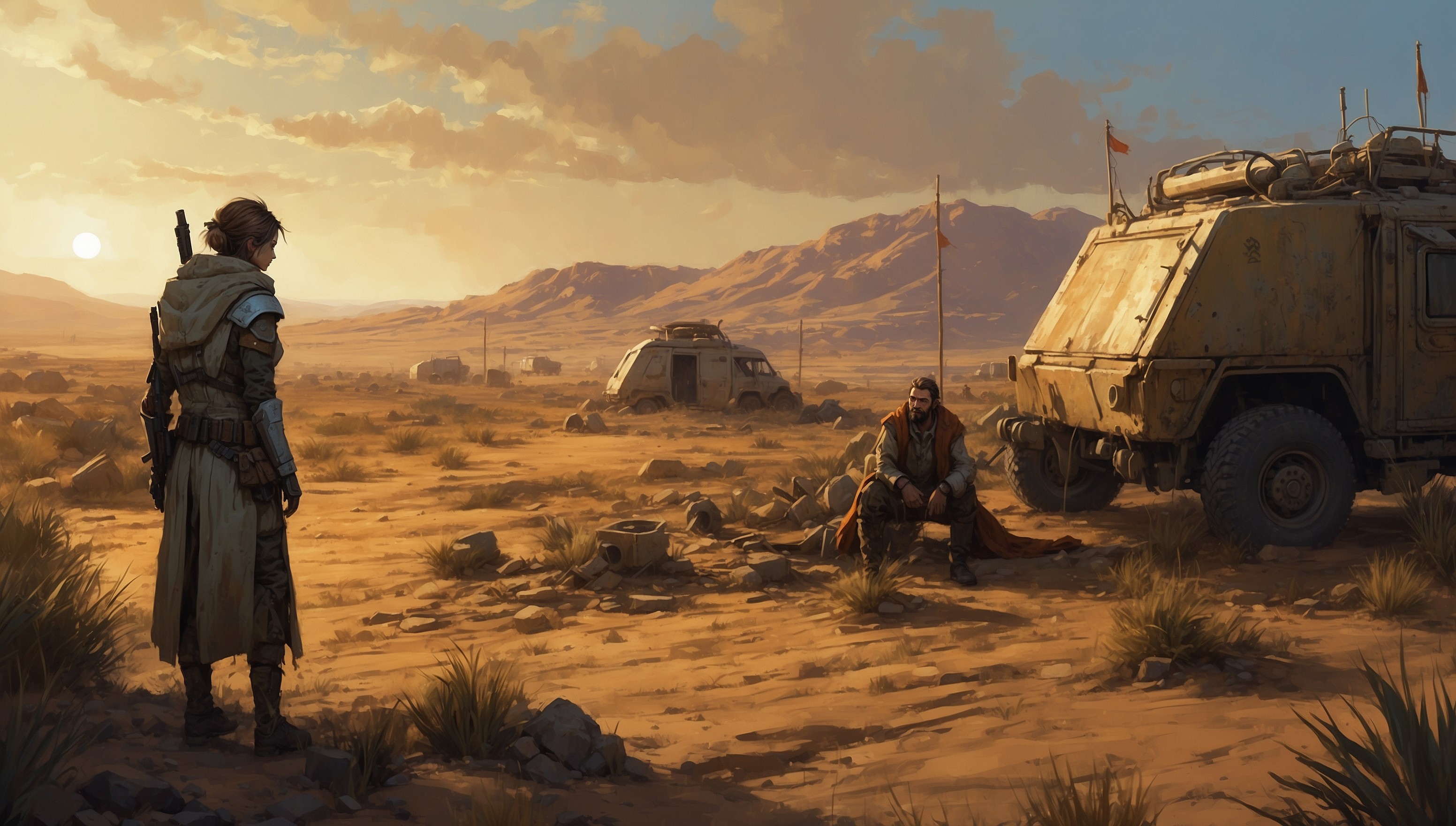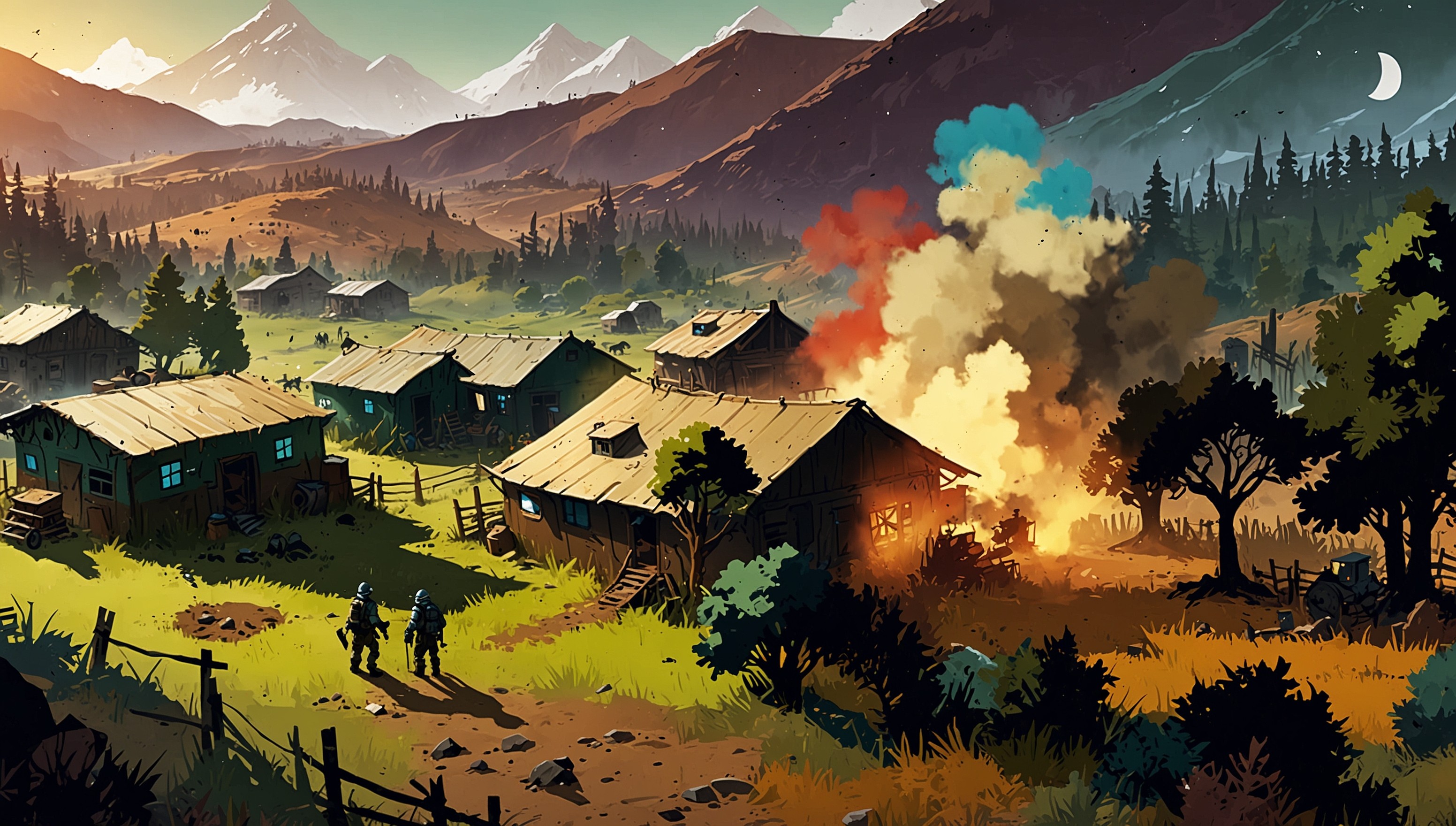Surviving Rimworld: The Key to Creating a Thriving Colony
Oct-02-2024

Welcome, fellow spacefarers! RimWorld can be as unforgiving as a desert without water, but that's what makes the journey worthwhile. Whether you're a greenhorn trying to get your feet wet or a seasoned colonist looking to fine-tune your strategies, building a thriving settlement is no small feat. In this guide, we'll delve into the nitty-gritty of surviving—and thriving—in the RimWorld universe. Get ready to turn your ragtag group of crash-landers into a well-oiled machine!
Understanding the Basics: Survival Comes First
Before you can dream of building a utopia on this hostile rock, you've got to cover the basics. Food, shelter, and protection are the three pillars of survival, and without them, you’ll be swept away like dust in a solar wind. When your colonists first drop down, they're vulnerable, disoriented, and desperate. That's when you, the overseer, need to kick into high gear. Prioritize setting up a basic shelter—a small room will do for starters. Once the roof is over their heads, your colonists will have a safe spot to rest and recuperate.
Finding Food: The Art of Self-Sufficiency
Food isn't just a luxury—it's life itself in RimWorld. Sure, there’s the option to scavenge berries and hunt wildlife, but if you want to stop worrying about your next meal, farming is the way to go. Plan out fertile areas for crops like rice, potatoes, and corn. Rice grows fast, but corn is the gift that keeps on giving with massive yields. Start small, but always have an eye on scaling up. A good harvest can mean the difference between a well-fed winter or watching your colonists eye each other like a pack of starved wolves.
Managing Your Colonists: More Than Just Warm Bodies

Your colonists aren’t robots—they’ve got needs, quirks, and dreams. Understanding their strengths and weaknesses can transform your colony from a chaotic mess into a thriving community. Pay attention to their traits and backstories. That eccentric artist might not be handy with a hammer, but put them in charge of art, and you'll have morale-boosting sculptures in no time. Likewise, your steadfast miner might not appreciate being stuck on guard duty.
The Importance of Happiness
Happiness isn't just a nice-to-have—it’s the glue that holds your colony together. Happy colonists work faster, pick fewer fights, and are less likely to go wandering off in a daze. Build recreation facilities like chess tables or horseshoe pins to keep them entertained. And don’t forget the power of a well-cooked meal! Invest in a good cook, and keep the kibble away from human hands. As the old saying goes, “A happy colonist is a productive colonist!”
Building a Strong Work Ethic
Work assignments might seem like tedious micromanagement, but trust me, it pays off in spades. Think of it as setting up a conveyor belt in a factory—everyone has their role, and when they stick to it, the entire operation hums. Assign tasks based on strengths, but keep flexibility in mind. It’s always handy to have a colonist who can patch up wounds if your medic is busy fighting off raiders. Prioritize the most important jobs like food production, construction, and research, and ensure your colonists aren’t wasting time wandering around aimlessly.
Defending Your Colony: Turning the Tide in Combat
RimWorld doesn’t pull any punches when it comes to threats. Raiders, wild animals, and even mother nature herself will test your mettle. That’s why building a strong defense is crucial. Your walls and turrets are your first line of defense, but positioning is everything. A well-placed choke point can turn a tough fight into a turkey shoot, allowing your colonists to thin out enemies before they reach your base.
Traps, Turrets, and Tactical Positioning
Turrets are great, but don’t rely solely on them. They're resource-hungry and can turn on you if a power surge hits. Instead, use traps and natural terrain to your advantage. Set up traps in bottlenecks and use sandbags for cover. Keep your shooters behind cover, and don’t be afraid to fall back if things get too heated. A smart retreat can save lives and keep the fight on your terms. And remember, a good offense often starts with a well-planned defense.
Resource Management: The Heartbeat of Your Colony








